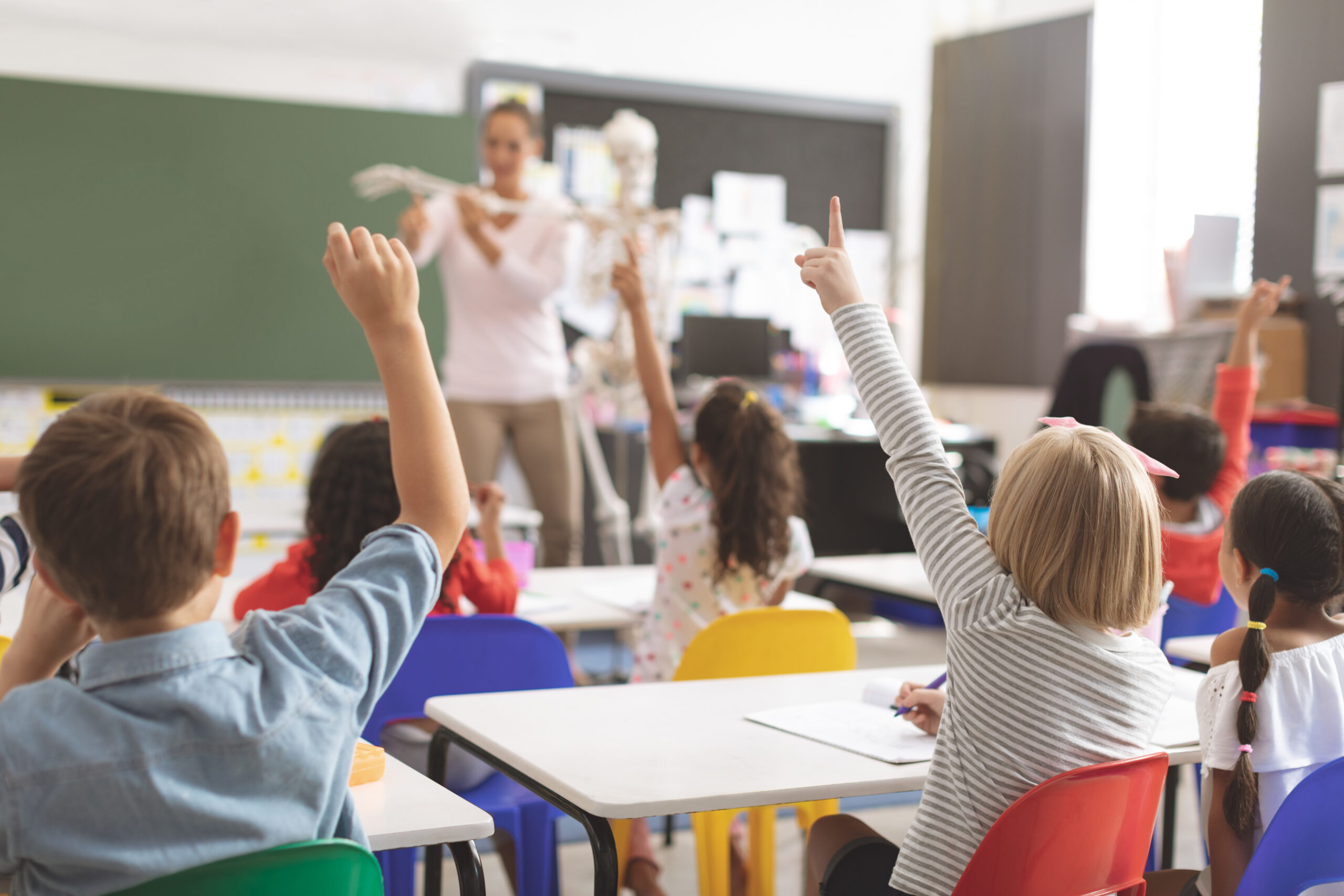by Nicole Flynn
Students are being failed by equality!
Students who are marginalized because of their identities, such as being Indigenous, or a person of colour, or identifying as LGBTQI2+, or having a disability, have been given “equal” resources by our educational system. But equality actually robs these students of a proper education.
Why? Because equality provides the same resources for all students.
Picture this—a tree with cherries and two people, one person shorter than the other. Each person is given an identical ladder. The taller person is able to reach the cherries but the shorter person is not able to access them. This is considered “equal” because both people were given the same tool. Equity, instead of equality, would be giving the shorter person a taller ladder. This would accommodate the height difference and increase the shorter person’s access to the cherries.
Students who are marginalized because of their identities have been pushed to the fringe of society. They have not been given the chance to try. There is a separation because of the negative attitudes, stereotypes and biases that exist today. Equity would give these students the resources and opportunities they need to achieve their individual goals.
To increase equity, changes need to be made to the educational system. For example, students should be allowed to learn at their own pace, not grouped together by age, and they should be permitted to stay in school until the curriculum is finished, not necessarily have to exit at age 21.
Educators could also put information into stories or situations that mean something to the person. Other accommodations would be to use plain language, charts, diagrams, or act things out. The use of appropriate technology in the classroom and at home would also benefit the student. Exercise breaks and fiddle toys may stimulate thinking and the ability to focus on the task.
Working and learning in a group may be challenging for some students in some subjects. In order to maintain consistency in learning, one-to-one teaching may be a good method, as well as ensuring appropriate support for independent work periods to accomplish assignments. Finally, instead of relying on written exams, oral presentations and exams could be permitted. These suggestions would provide equitable support for students throughout their education.
Educators need to be taught and encouraged to practice inclusion in the classroom community. Inclusion increases self esteem and confidence, and boosts the determination to succeed. Friendships develop in the classroom that give support and encouragement. Students who are included are part of the culture and accepted as being who they are. Inclusion would bring all people to the table to share insightful and diverse perspectives.
Regardless of their identities, students are people first. Students need to be seen as who they are, not defined by a label or judged by inherited values. Equity in education—not just equality—is to treat all students as people who are able to achieve. To do this, there must be trust and belief that the student is able to reach their goal. Ability is not to be over- or underestimated. Every student deserves the chance to try.

